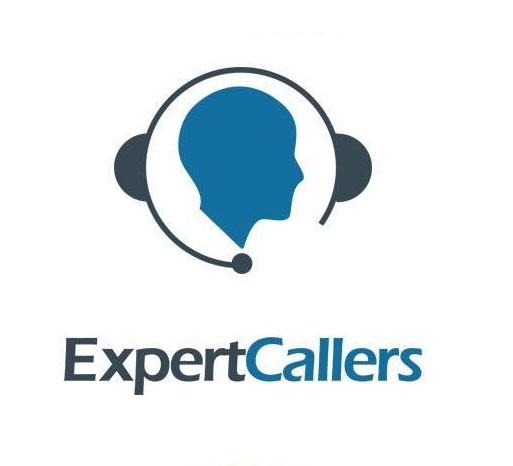In the dynamic world of customer service, the success of an inbound call center hinges on its ability to efficiently handle incoming calls while maintaining a high level of customer satisfaction. To navigate this complex landscape, call center managers need to rely on a set of carefully chosen metrics to gauge performance and identify areas for improvement. In this blog post, we will explore the key inbound call center metrics that can pave the way for success.
1. First Call Resolution (FCR):
First impressions matter, and resolving customer issues on the first call is a crucial metric for call center success. FCR measures the percentage of calls that are resolved without the need for customers to follow up. A high FCR indicates not only efficiency but also a positive customer experience.
2. Average Handling Time (AHT):
Efficiency is the heartbeat of a call center. AHT measures the average time it takes for a customer service representative to handle a call from start to finish. Striking the right balance between speed and quality is essential, as a low AHT should not compromise the quality of customer service.
3. Customer Satisfaction (CSAT) Score:
The ultimate measure of success is the satisfaction of your customers. Collecting feedback through CSAT surveys provides valuable insights into customer perceptions. Monitoring and improving CSAT scores are pivotal for maintaining a loyal customer base and fostering positive word-of-mouth.
4. Service Level:
Service Level reflects the percentage of calls answered within a specified time frame. It ensures that customers are not left waiting for an extended period, contributing significantly to overall customer satisfaction. Striving for a balance between efficiency and responsiveness is critical in optimizing service levels.
5. Call Abandonment Rate:
Customers hanging up before their calls are answered can be detrimental to both customer satisfaction and the reputation of the call center. Monitoring the call abandonment rate helps identify potential issues in call center capacity, staffing, or system efficiency.
6. Agent Utilization:
Ensuring that your team is effectively utilized is vital for operational efficiency. Agent Utilization measures the time agents spend on productive tasks versus idle time. Identifying trends in utilization can guide workforce management strategies and contribute to overall productivity.
7. Conversion Rate:
For call centers focused on sales or lead generation, tracking the conversion rate is essential. This metric indicates the percentage of calls that result in a desired outcome, whether it's a sale, appointment, or another predefined goal.
8. Schedule Adherence:
Maintaining a consistent schedule is crucial for effective workforce management. Schedule Adherence measures the extent to which agents adhere to their assigned schedules, helping identify potential areas for improvement in terms of time management and resource allocation.
Conclusion:
In the fast-paced world of inbound call centers, success hinges on the ability to adapt, optimize, and deliver exceptional customer service. By diligently tracking and analyzing these key metrics, call center managers can not only gauge their current performance but also implement targeted improvements. A holistic approach to these metrics ensures that the call center not only meets but exceeds customer expectations, fostering long-term customer loyalty and business success.


No comments yet